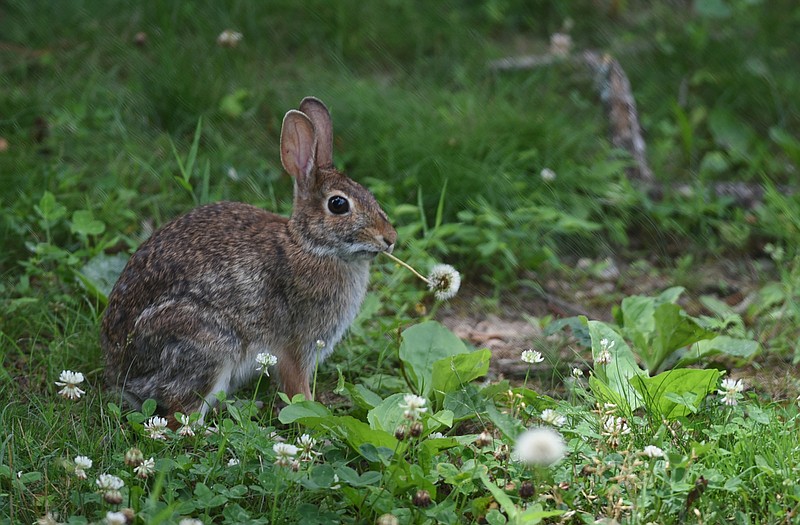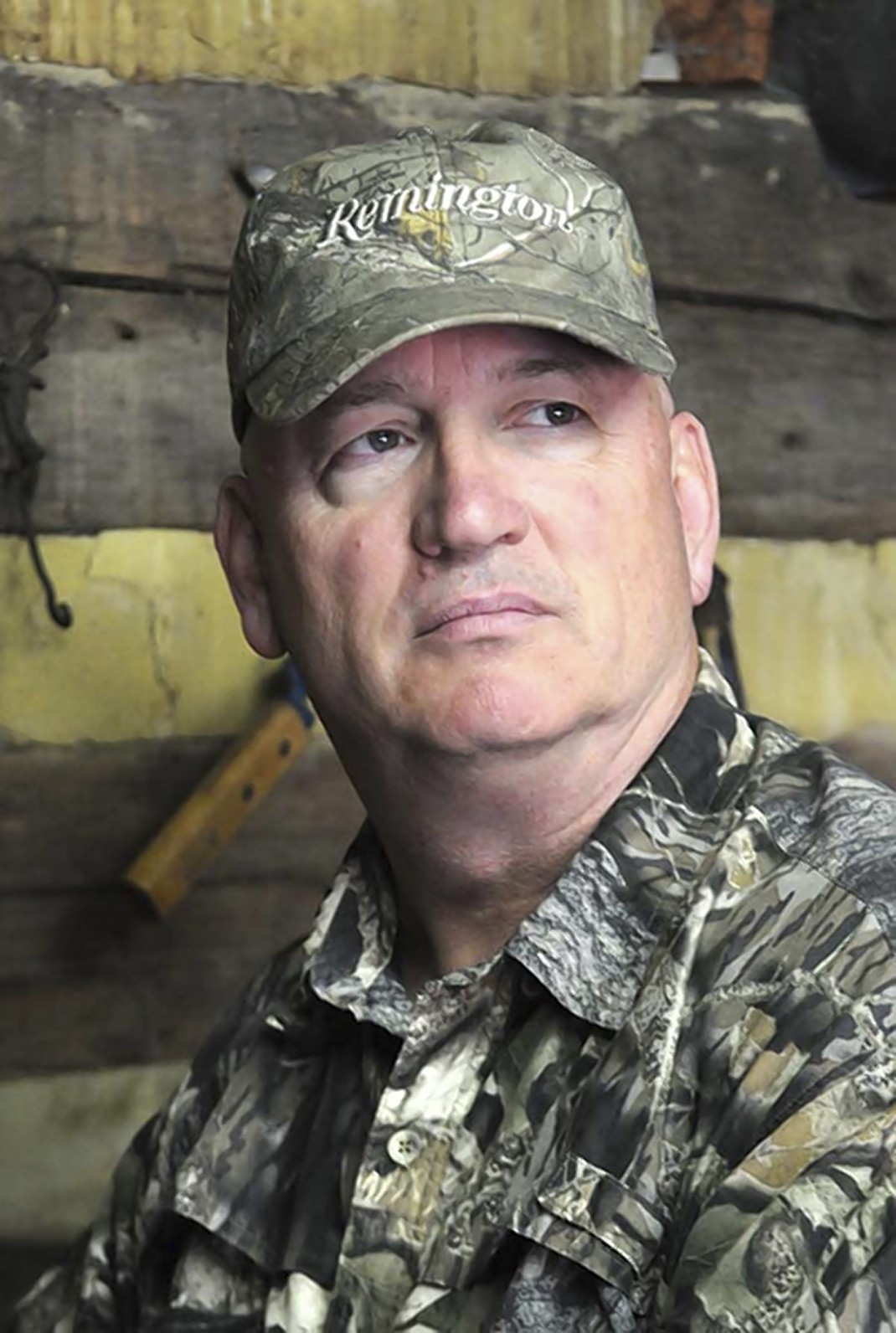The calendar tells us it is officially summertime. Let's take a drive and then a walk in the typical country lane.
We shall see what we shall see.
First, there seems to be a good crop of young rabbits. But don't we usually think that to be the case this time of year? Yes, every time we round a bend in the road, there is a half-grown rabbit or two running into the brush when they see us.
This is very encouraging to all of those who have a pen full of beagles just begging for you to open the door (and to those of us who tag along with them). We hunters think there will be plenty of rabbits to chase come November, but sometimes it just ain't so.
How come?
Everything eats a rabbit.
From the smallest least weasel (the world's smallest mammal predator) to the biggest eastern coyote and black bear, none will turn down a rabbit dinner. So while the number of rabbits raised during the summer is a lot, I bet half of them will not see the snow fly. It's just how it is if you are a cottontail. I'm not sure if the survival rate is better for their cousin, the snowshoe hare. They live in a different environment, but they still have a lot of varmints looking for that rabbit dinner, including a lot of avian ones (hawks, owls and eagles).
Squirrels? I'm not exactly sure. This time of year they can be hard to spot.
My squirrel dog gurus remind me that we are getting into the period where squirrels may not spend much time on the ground. This makes them more difficult to see and harder to give a certain little cur dog I know any practice as a squirrel dog. And if you do tree a squirrel now, the foliage is so thick they are almost impossible to find. Overall I hope there is a good population of squirrels this year, and I think there might be as we have had several the past few years.
The deer seem to have done well in fawn production around here, and overall I would say the deer numbers are up in my area. While I don't blame the coyotes for every evil in the world (I think some people blame the coyotes if the stock market goes down), there is no doubt they take a lot of fawns. How many coyotes we actually have out there is a blurry question, but if you have a pack or two operating in your area, they will affect the deer population.
You knew I was going to get to turkeys, and I am cautiously optimistic. Although the spring weather was not perfect for hatching out turkeys, it could have been a lot worse.
I have not seen many broods of young turkeys yet, but my extensive network of spies is reporting several sightings. As usual, they are also stating they are seeing broods of different sizes. Turkeys don't all come out of the egg at the same time, and sometimes hens will nest again after the first time fails. It is a very good thing they do this, as the number of poults that actually make it to maturity is disturbingly low.
Birds that nest on the ground have a big strike against them from the start. Many of the critters that scurry around the forest floor are hunting for that nest. Raccoons, opossums and skunks are the chief culprits here, but the list of their coconspirators is long. Coyotes, foxes, bears, crows (big nest robbers) and even squirrels and some snakes will partake of a scrambled egg breakfast if they find the nest.
This discussion tends to bring up the whole predator management question. There is a current trend in some states to address predators as to how they are affecting the wild turkey population. Turkey numbers seem to be struggling in many states in the Southeast, and some of the fish and game agencies are trying to look at that. Besides reducing the bag limit on spring gobblers, several states are increasing the limit on predators such as raccoons and offering longer hunting and trapping seasons.
Just to give my not so humble opinion, I think it is good some of the states are recognizing the predator problem as it influences turkeys, but we may be fighting a hopeless battle. The number of people trapping is at an all-time low, and it may never come back. Between a fur market that is almost dead and the terrible specter of public opinion against trapping, we have raccoon populations through the roof.
I never thought I would see as many coons as we have in my area. There was a time if we treed a ringtail, we thought it should be in the paper and on the 6 o'clock news. So there are not enough trappers and not enough people hunting raccoons to keep the numbers down, and we pay for it with fewer turkeys. I'm not sure there is any answer to all this.
Well, I don't want to be too gloomy here. It looks like we may have a good turkey hatch, and so far the mast situation - that is, the crop of acorns, hickory nuts, beech and other natural foods - may be pretty good this year. Let's hope for the best.
Enjoy the beach and your summer. Don't be impatient; fall will be here soon enough.
We will get together on all this again closer to when the leaves start to turn.
"Guns & Cornbread" is written by Larry Case, who lives in Fayette County, W.Va. You can write to him at larryocase3@gmail.com.

